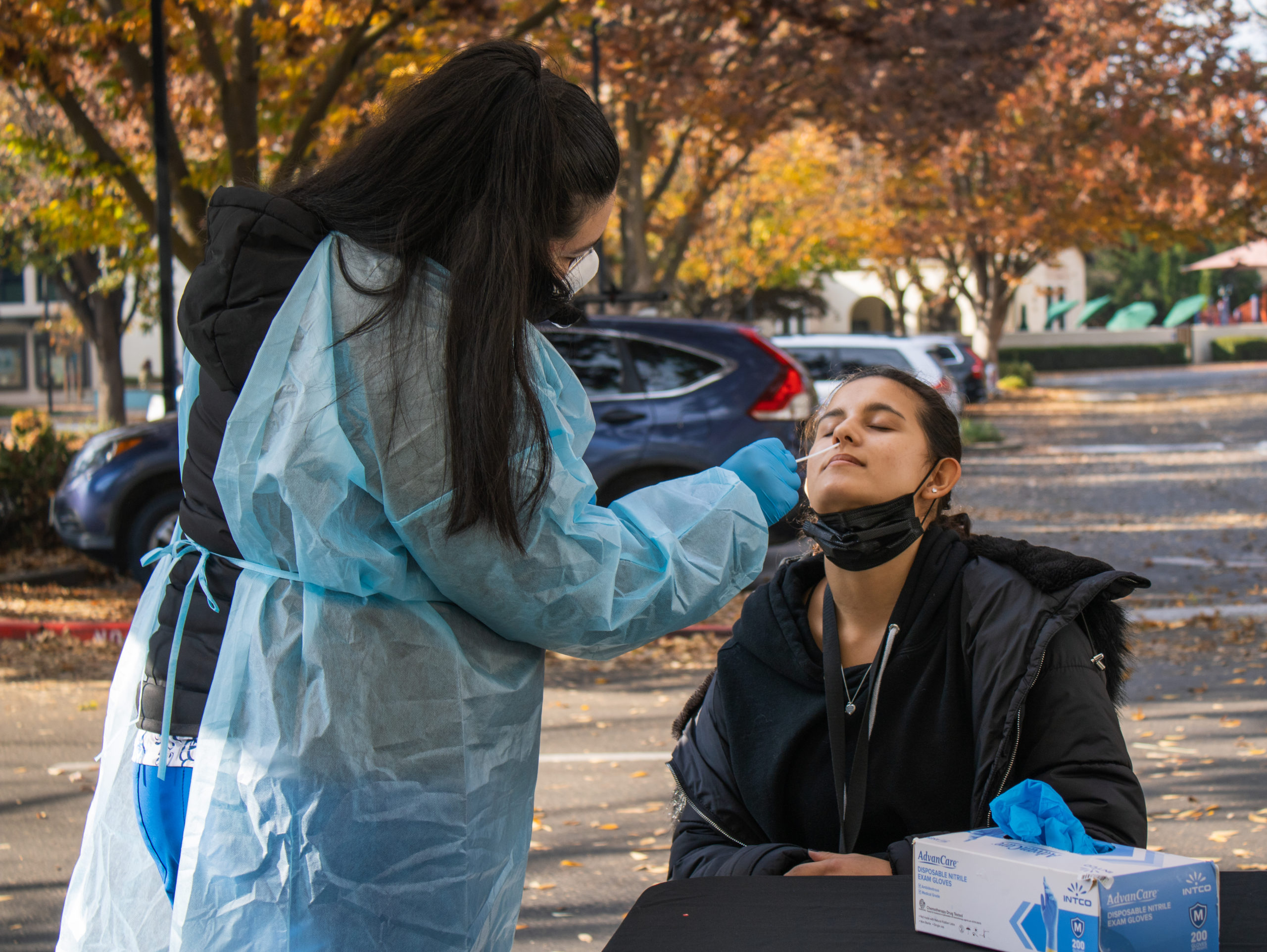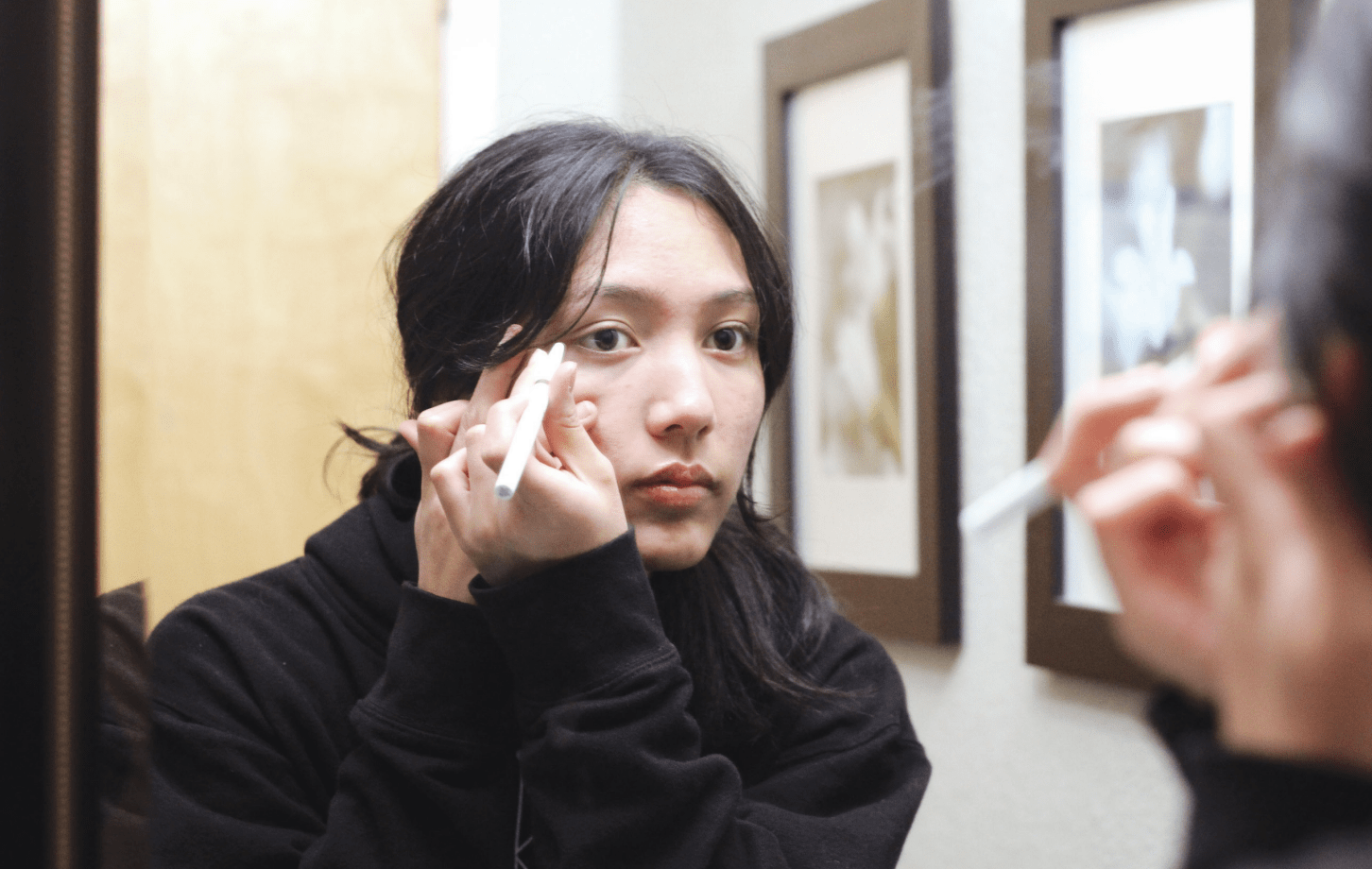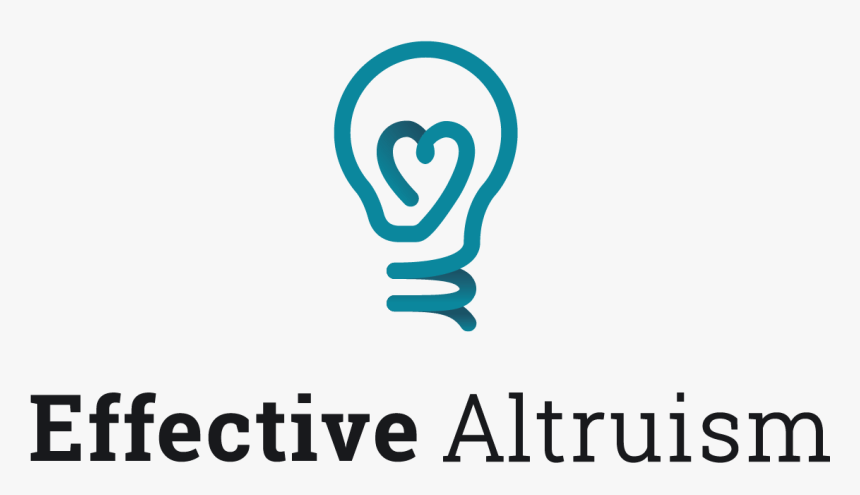To combat the omicron outbreak and keep students on campus, Country Day has made several changes to its COVID-19 protocols.
The most significant change is that students and staff now have mandatory weekly testing instead of biweekly testing, with each week alternating between PCR and antigen tests.
PCR testing, which detects genetic RNA belonging to SARS-CoV-2, has been the method of choice for COVID-19 testing due to its accuracy. However, the tests must be sent to a lab and usually take about two to three days to process.
To supplement PCR testing, the school has added immediate antigen testing to keep up with omicron’s increased infectiousness.
The antigen test, sometimes known as the rapid diagnostic test, detects SARS-CoV-2’s surface proteins through a quick nose swab. According to Harvard Health, it sacrifices some accuracy compared to PCR, but results are local and immediate – within 15 to 45 minutes.
The main purpose of these tests is to maintain a low level of cases on campus, and Country Day is willing to do anything in its power to do so, said Head of School Lee Thomsen.
Prevention includes avoiding large gatherings and high contact sports. In the past few weeks, Country Day has canceled two high school basketball games for safety reasons.
“We have seen an increase in cases which appear to be coming primarily from the omicron variant,” said Bill Petchaeur, a member of the SCDS COVID-19 tracking team and the school’s CFO.
From Jan.1 to Jan. 22, 43 students and staff contracted COVID-19 including 6 staff, 20 lower school, 9 middle school and 8 high school students.
The school tracks COVID-19 cases through a series of steps.
Students who test positive go into isolation for five days. If they test negative at the end of five days and no symptoms are present for 24 hours, they return to school. If they still test positive, isolation continues. If a student chooses not to test or if symptoms are still present after 5 days, isolation will last 10 days.
Next, the tracking team determines close contacts by grades and divisions through assigned seating charts. Close contact applies to students and teachers who have had longer than 15 minutes of exposure within 6 feet of an infected individual. Assistant to Head of High School Valerie Velo will do antigen testing on close contacts on site.
The school notifies parents of isolation start and end days and documents their findings. While isolated, students usually do not have Zoom classes and makeup instruction on a teacher-by-teacher basis.
“Our goal is to keep going with what we’re doing and keep school and in-person classes open,” Head of High School Brooke Wells said.
A Jan. 20 Octagon poll sent to all high school students found that 72% of 46 respondents believe remote and in-person instruction should be options available to students, 17% opposed a return of remote learning and 11% said schools should be completely remote.
In the same poll, 72% of students said they felt safe from omicron and the coronavirus on campus.
“I think remote learning should be an option because some students have health concerns and having them required to come to school might be an issue,” said freshman Cara Shin.
Continuing protocols include frequent hand washing and sanitizing, wearing masks at all times, staying home when experiencing listed COVID-19 symptoms, following CDC health recommendations and being mindful and aware of keeping yourself and others safe, Wells said.
One of the CDC health recommendations includes the booster shot. Currently, all high schoolers and or students 12 and older are eligible for boosters.
Although there is no mandate for the booster shot, the school recommends eligible students to take it.
“Vaccinations can change the world. They changed the world for smallpox, they changed the world for polio and they will do the same for COVID-19,” Wells said.
— By Garrett Xu
Originally published in the Feb. 1 edition of the Octagon.





